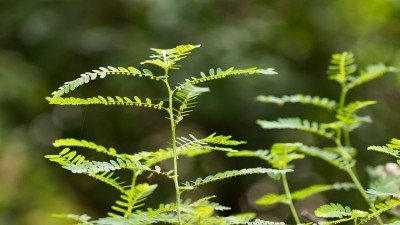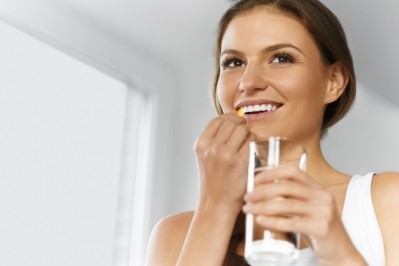Special Edition: Botanicals
Industry experts observe increased acceptance of herbal products among US consumers
We caught up with three experts in the botanical and herbal products space at the Natural Products Expo West show in Anaheim, CA, earlier this month.
“We’re seeing continued growth in the market place for the last 12 to 18 years. Consistently we’ve had 7.5% to 7.7% growth hitting the $7 billion mark around 2015, exceeding $7 billion in 2016,” said Mark Blumenthal, founder and executive director of the non-profit American Botanical Council, citing the latest Herbalgram report the organization released last September.
“And that’s just looking at the retail sales for herbal supplements. It does not include the herbal tea market, it does not include herbals that are used in cosmetics and other consumer products,” he added.
But it’s safe to say that use of herbal varieties for the two categories Blumenthal mentioned—teas and cosmetics—are also enjoying wider acceptance. Graham Rigby, chief innovation officer at Organic India (which makes botanical supplements and teas), and Pierce Sioussat, president and CEO of Bioforce USA (which distributes botanical supplements and cosmetics) agree with Blumenthal.
“Over a period of time, the herbal category has grown, it’s had its ups and downs but there has been, in the past 20 years or so, a rather substantial increase in herbal usage,” Sioussat said.
Moving past what's 'new' and 'hot'
“A lot of innovative ingredient companies around the world come to the US because the consumers are interested and aware, and access to the market is great,” said Rigby.
Driving the growth are the Millennials, who Rigby said purchase more botanical products compared to other generations. “We certainly see Americans starting to look for other ways to support their health and in different forms, not just pills but in teas, beverages, and powders—and people are looking at herbs to support their health and wellness,” he added.
But the hunt for innovation and something new comes with a downside, Sioussat opined. “One of the things you see in the US market is what is the latest, hottest, newest, and most interesting thing,” he said.
“That’s all and good, but if you have a product like Echinacea, where there’s a substantial amount of clinical substantiation for efficacy and safety, and you’re not able to communicate that, what it does is all these hot, new, interesting products with not much substantiation may eat into sales of [established products].”
















